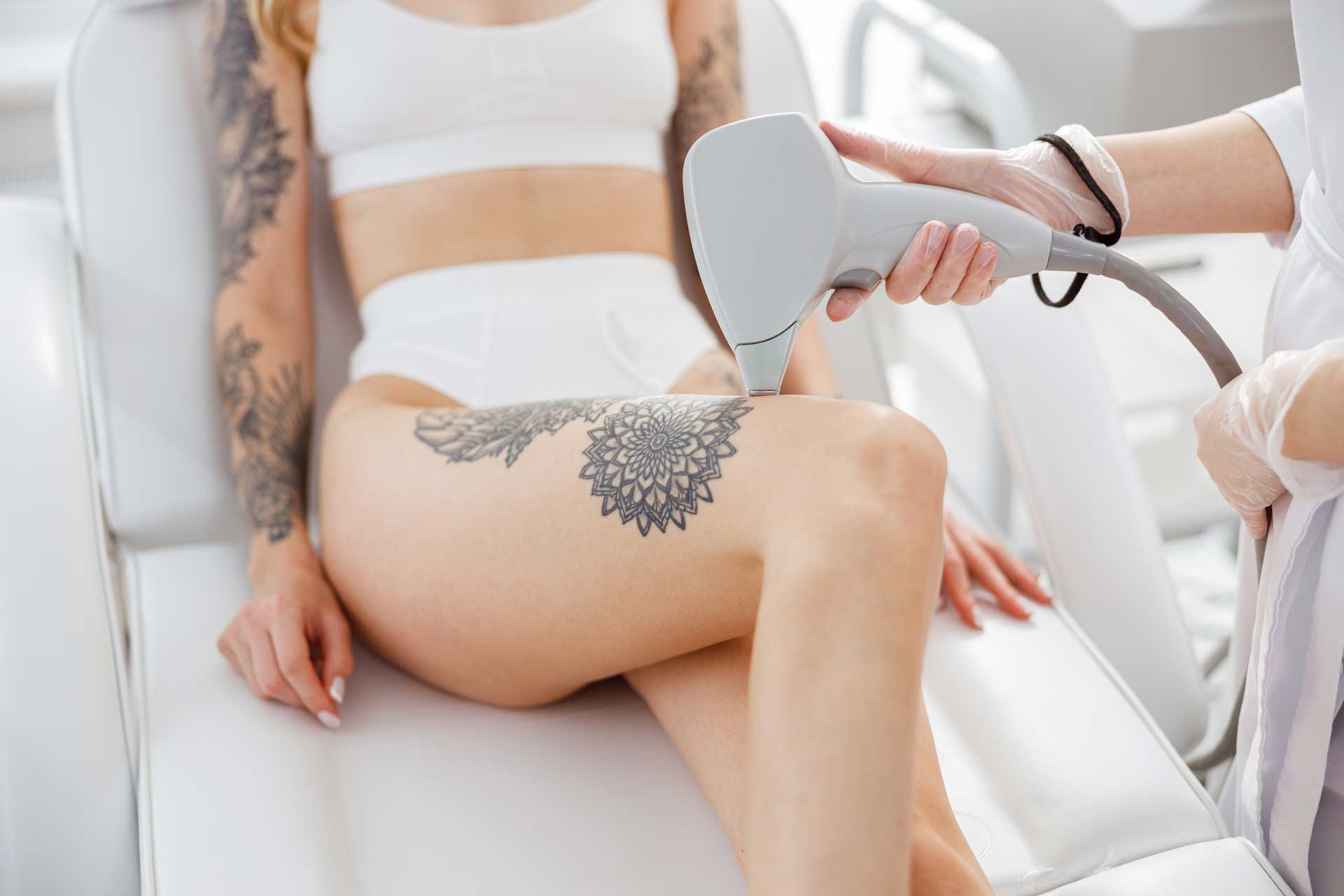
Laser Tattoo Removal Aftercare Tips: How to Heal Faster
Laser tattoo removal is an effective way to fade or eliminate unwanted ink, but the process does not end when the treatment is complete. Proper aftercare is crucial for promoting rapid healing and achieving the best long-term results. In the days and weeks following a laser session, patients must carefully follow a tailored post-treatment plan to support their skin's natural regeneration.
This includes gentle cleansing, protective ointment application, sun avoidance, and allowing the body adequate time to rest and recover. By closely adhering to aftercare instructions, patients can maximize comfort, minimize complications, and experience a smoother, speedier healing process.
What to Expect from Day 1 to Weeks After Tattoo Removal
Immediately After Treatment
Immediately following laser tattoo removal, patients can expect the treated area to be red, swollen, and sensitive. The skin may feel sunburned, and some mild discomfort or stinging is common. Small blisters or crusting may begin to form as the body's natural healing process kicks in. Oozing of clear fluid is also a normal reaction. Patients should resist the urge to pick at any scabs or blisters and instead gently clean the area and apply a thin layer of fragrance-free ointment as directed by their provider.
8-72 Hours After Treatment
In the days immediately following treatment, the treated area will likely appear increasingly swollen and inflamed. The skin may feel tight, and some patients experience mild, throbbing pain. As the body continues to heal, the blisters and crusting will become more pronounced. It is crucial that patients avoid picking at the skin, as this can lead to infection and scarring. Continued gentle cleansing and ointment application, along with the use of over-the-counter pain medication if needed, can help manage discomfort during this stage.
1-2 Weeks After Treatment
After the first week or two, the initial swelling and discomfort should begin to subside. The treated skin will gradually transition from a red, inflamed appearance to a drier, scabbed look as the healing process progresses. Patients may notice some flaking or peeling of the skin as the damaged tissue sloughs off. It is imperative that patients continue to avoid picking at the area, as this can disrupt the healing and lead to scarring. Gentle cleansing and ointment application should be maintained.
4-6 Weeks After Treatment
By 4-6 weeks post-treatment, the skin should have healed significantly. Any scabs or crusting will have fallen off, revealing newer, healthier skin underneath. Patients may still notice some residual redness or discoloration, but this will continue to fade over time. It is important to continue protecting the area from direct sun exposure, as the newly regenerated skin will be more sensitive. Patients can resume their normal skincare routine but should continue to use gentle, fragrance-free products in the treated area.
Tips for a Speedy Recovery After Laser Tattoo Removal
By consistently implementing these aftercare tips, patients can help minimize complications, reduce recovery time, and achieve the best possible results from their laser tattoo removal treatments.
- Keep the treated area clean: Gently wash the area with mild, fragrance-free soap and water 1-2 times per day. Avoid scrubbing or picking at the skin.
- Apply a thin layer of ointment: Use a fragrance-free, hypoallergenic ointment or healing balm to keep the skin moisturized and prevent scabbing.
- Stay hydrated: Drink plenty of water to support your body's natural healing processes.
- Get adequate rest: Allow your body time to heal by getting enough sleep and avoiding strenuous activities.
- Use over-the-counter pain relievers: If needed, take ibuprofen or acetaminophen to manage any discomfort or swelling.
- Follow aftercare instructions: Carefully follow all post-treatment instructions provided by your healthcare provider.
What to Avoid During the Healing Process
Strictly avoiding certain activities and behaviors will help ensure the fastest, safest, and most successful healing process for patients undergoing laser tattoo removal. Here are some things patients should avoid during the healing process:
- Sun exposure: Avoid direct sunlight and tanning beds on the treated area, as the skin will be extra sensitive, and sun exposure can prolong healing and lead to discoloration.
- Picking or scratching: Do not pick, scratch, or peel off any scabs, blisters, or peeling skin, as this can cause infection and scarring.
- Submerging the area in water: Avoid swimming, bathing, or getting the area excessively wet until it has fully healed. Showering with a waterproof bandage is recommended.
- Applying makeup or lotions: Steer clear of applying any makeup, lotions, or other products to the treated area, unless specifically approved by the healthcare provider.
- Strenuous exercise: Refrain from intense physical activity that could irritate or disrupt the healing skin, until the provider gives the okay.
- Smoking and vaping: Smoking and vaping can impair wound healing, so patients should avoid these habits during the recovery period.
- Harsh cleansers: Use only gentle, fragrance-free cleansers on the treated area - avoid anything abrasive that could further irritate the skin.
- Touching the area with unclean hands: Make sure to wash hands thoroughly before gently cleaning or applying ointment to the treated tattoo.
How Many Laser Sessions Are Needed To Remove a Tattoo
Typically, smaller tattoos with fewer colors will require fewer treatments compared to larger, more complex tattoos. Darker, older tattoos made with certain pigments like blues and greens also tend to respond better to laser removal and may require fewer sessions. In general, most tattoos will need between 4-10 treatments spaced 4-8 weeks apart to achieve satisfactory results. However, some stubborn, heavily pigmented, or very large tattoos may require 12 or more sessions.
The number of laser treatments needed can also depend on the individual's skin type and how the body responds to the laser energy. Patients should have an open discussion with their provider about their specific tattoo characteristics and realistic expectations for the removal process, as this will help determine the optimal treatment plan. With patience and adherence to aftercare instructions, even the most challenging tattoos can often be significantly faded or fully removed over time.
How Long Does it Take for Tattoo Removal to Heal?
The full healing process after laser tattoo removal can vary quite a bit from patient to patient, but typically takes around 4-6 weeks.
In the first few days immediately following treatment, patients can expect the treated area to be red, swollen, and potentially blistered as the body initiates the healing response. This initial inflammatory stage usually subsides within 1-2 weeks.
Over the next 2-4 weeks, any scabs or crusting will fall off, revealing the newer, regenerated skin underneath. During this time, the skin may continue to appear red or discolored, but the inflammation and discomfort should steadily decrease.
By the 4-6 week mark, the treated area should be mostly healed, with any residual redness or discoloration continuing to fade. The skin in the treated area may be a bit more sensitive to the sun during this time, so continued sun protection is important.
While complete healing can take up to 2 months, patients are generally able to resume their normal activities and skincare routines within 4-6 weeks, as long as they have carefully followed the recommended aftercare instructions. It's important for patients to be patient and allow their skin sufficient time to fully heal between treatments for optimal results.
Ready to Say Goodbye to Your Tattoo? Book Your Removal Appointment Now!
If you are ready to take the first step toward removing an unwanted tattoo, we encourage you to book your consultation at our expert medical spa in New Jersey. Our experienced physician assistants utilize the latest laser technology to deliver safe, effective tattoo removal tailored to your individual needs.
With our comprehensive aftercare guidance, you can expect a smooth, comfortable healing process and exceptional results over the course of your treatments. Do not wait any longer to regain confidence in your skin - contact us today to schedule your personalized consultation and get started on your tattoo removal journey.


